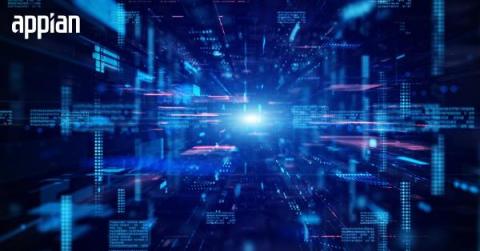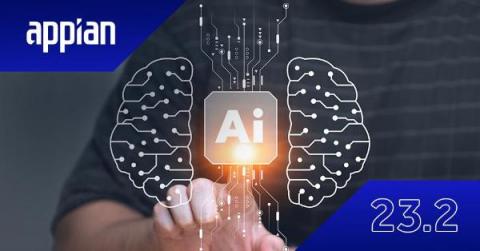Private AI vs Public AI: 4 Key Facts
Artificial intelligence (AI) has reached a tipping point in the public consciousness. Much of this has been driven by technology developments related to large language models (LLMs) and the release of generative AI tools, including ChatGPT from OpenAI. However, for enterprises shaping forward-looking AI strategy, a critical part of the conversation that needs to be addressed is the issue of private AI vs. public AI.











